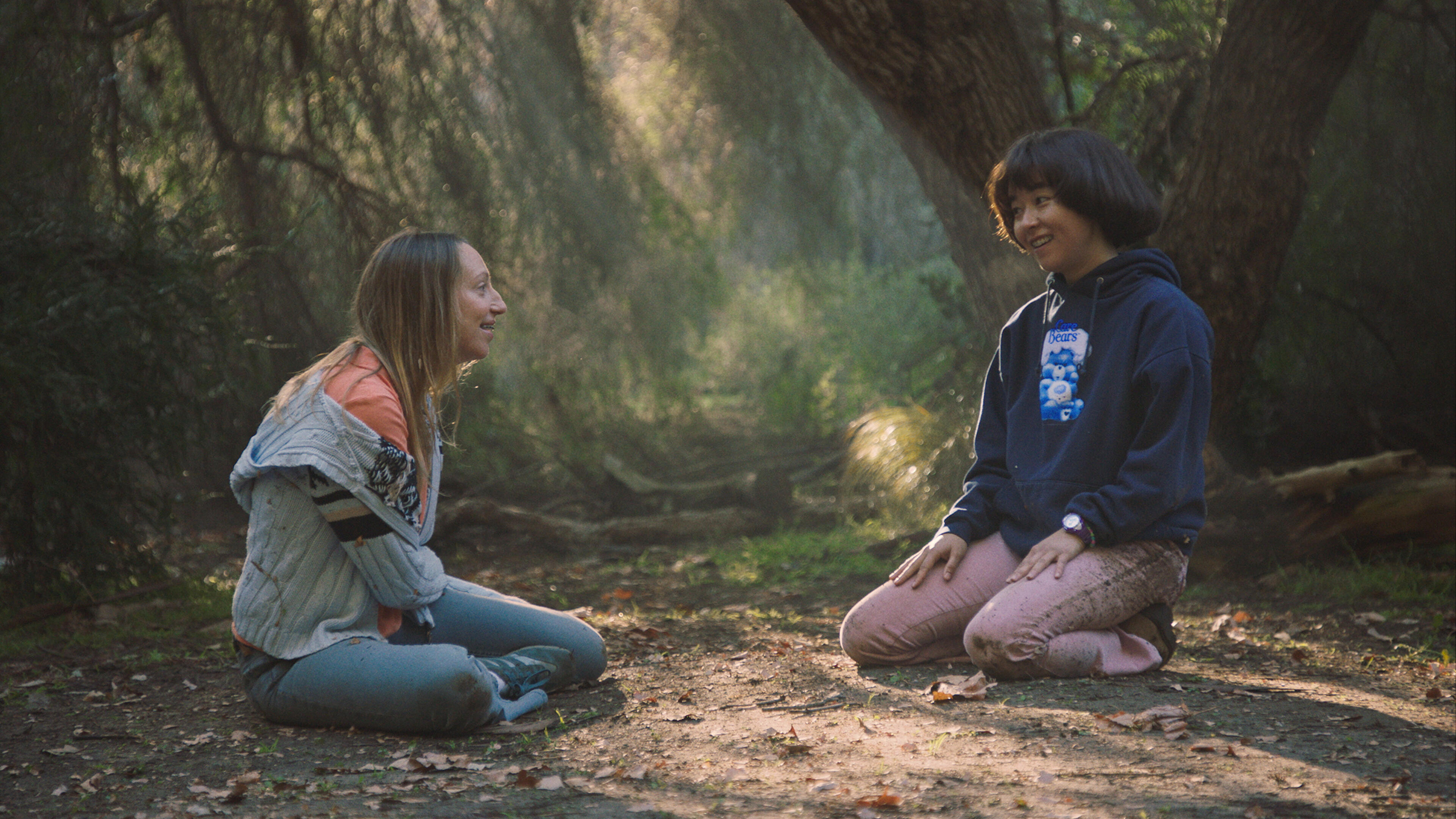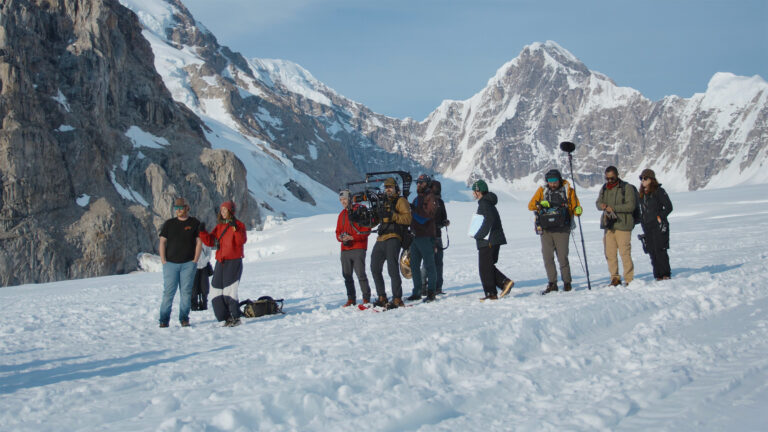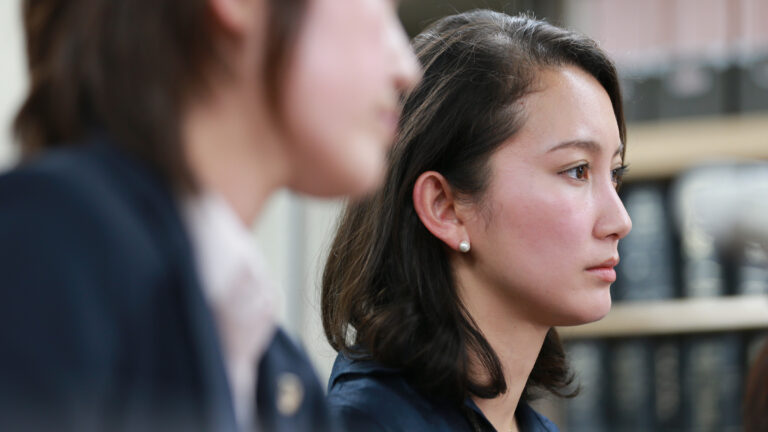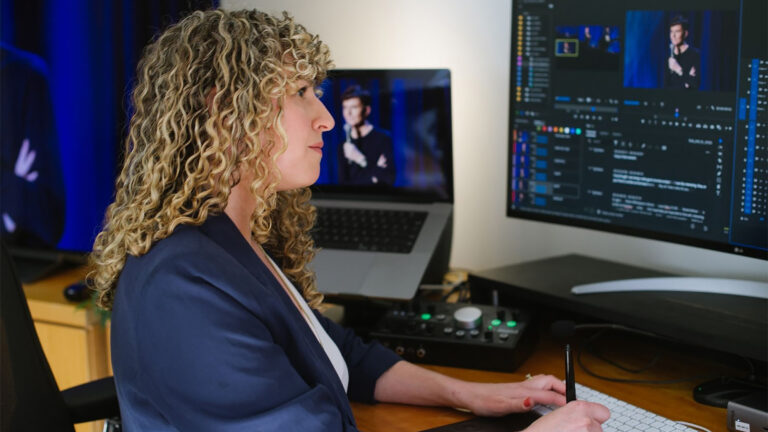Much like its contemporaries, Eighth Grade, Sex Education, and Big Mouth, Hulu breakout comedy (traumedy?) PEN15 grabs the baton of hormonal embarrassment and runs it fearlessly through the toe-curling life lessons experienced by its awkward protagonists, Maya and Anna. (Played by Anna Konkle and Maya Erskine, who also wrote the show with Sam Zvibleman.)
So it’s a real pleasure to have three of the four series editors join us on Art of the Cut; Matt McBrayer, Amelia Allwarden, and John Daigle. (Taichi Erskine was unable to make it due to work commitments.) We talk about friendship, the difficulties of editing improv, and finding the heart and soul of this warm, and often painful, TV show.
Check out the Art of the Cut podcast to listen to this interview, and stay up to date on all the latest episodes.
HULLFISH: How did each of you get involved with the show?
MCBRAYER: I vaguely knew Maya and Anna through friends from NYU and had also worked with Sam Zvibleman in the past on another show. They were looking for some people who could really pull some favors going into this first season, so they reached out and asked me to be a part of the show. I thought it was a great idea and thought it was something I should not say no to.
ALLWARDEN: I joined the show because a friend and mentor of mine, Doc Crosser, knew Sam Zvibleman somehow through the grapevine and asked him to edit on the show.
I used to be Doc’s assistant editor for a few years, and he put me up in his place when he wasn’t available to do the show. So that’s how I met Maya, Anna, and Sam and interviewed with them. I was so obsessed with the pilot presentation they had done, which was a ten-minute pilot that they used to help sell the show. I was so obsessed with it, I really, I wanted the job so badly, so that’s how I met them and luckily got the job.
DAIGLE: Like Matt and Amelia, I joined in season two, but I knew about the show when they were making it in season one. I knew Maya and Anna through friends of friends mostly, but I had known them a bit over the years and heard about this project and thought it sounded amazing.
I had worked a little bit with Sam Zvibleman as well, but then he and I had a series of projects where I was supposed to work on them, and then things fell through. So we just kept trying to work together, and of course, season one went fabulously and amazingly, and I was a big fan. I watched it three or four times.
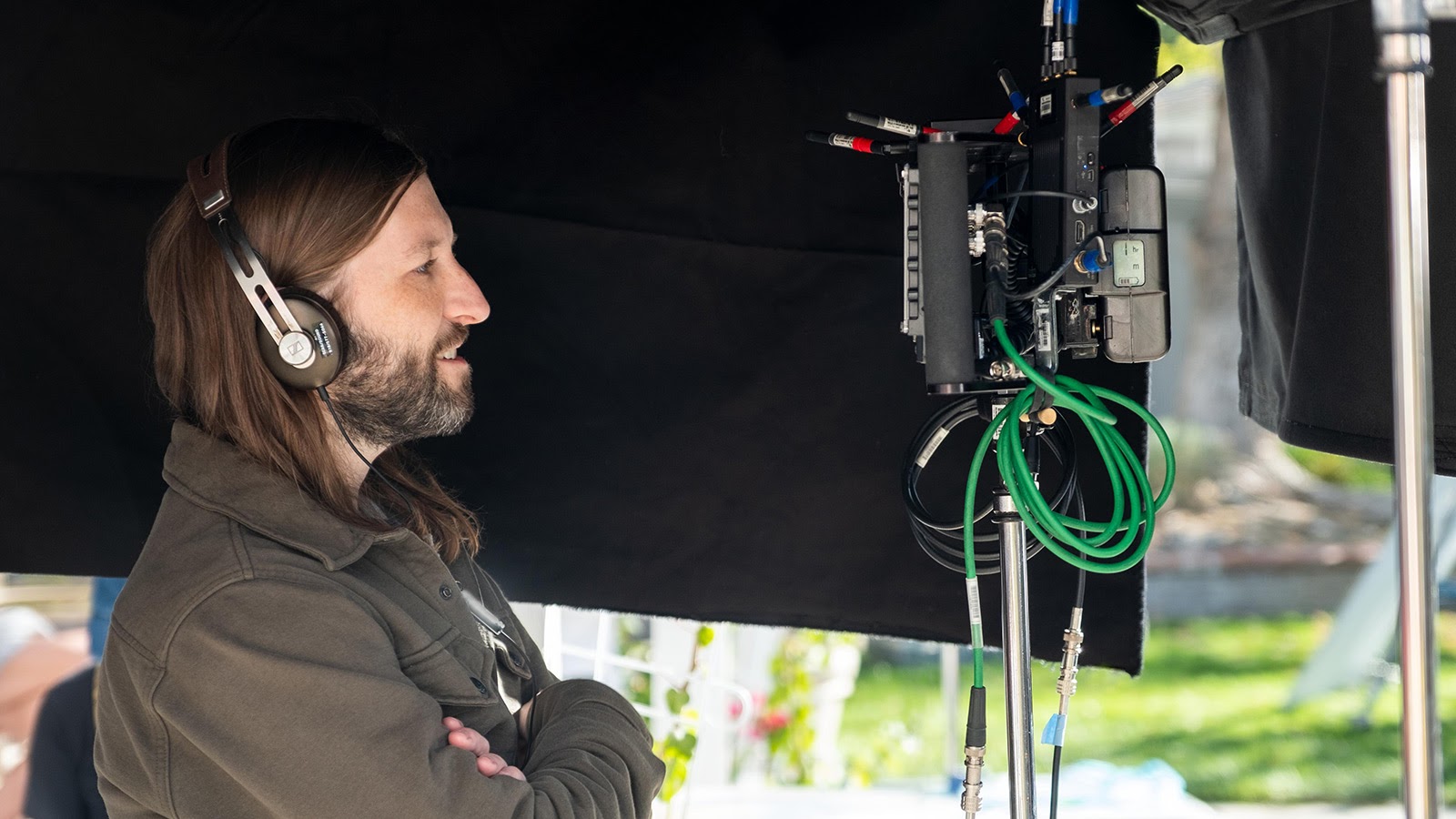
So when season two came along, Sam took me out to lunch and said, “It’s now, or never, you have to work with me sometime.” I was very excited to do it; I was really glad he took me to lunch because I didn’t know if there’d be any room for me in that second season. I was really fortunate and lucky to join for season two.
HULLFISH: In terms of having an agent, can you tell me what value there is to having one and what can they offer outside of just getting you that next job?
DAIGLE: I think the best value of an agent is having a support team and someone negotiating rates and contracts. It’s better to not have to do that on your own, especially if you’re going to be working with people that you’ve either worked with before and have developed friendly relationships with or you already have friendly relationships with. I think it’s really great to have agents to handle that side of things.
ALLWARDEN: When I got the first season of PEN15, I hadn’t signed with agents yet, but when I did about a year later, I interviewed them, and they asked me, “Why do you want an agent?” and for me, my answer was, I’m not really worried about getting work right now, I’m worried about getting the right work, and we really bonded over that. That’s why I liked my agents when I first met them because it was about finding the right jobs for me as well as negotiating rates. It was all super helpful for me.
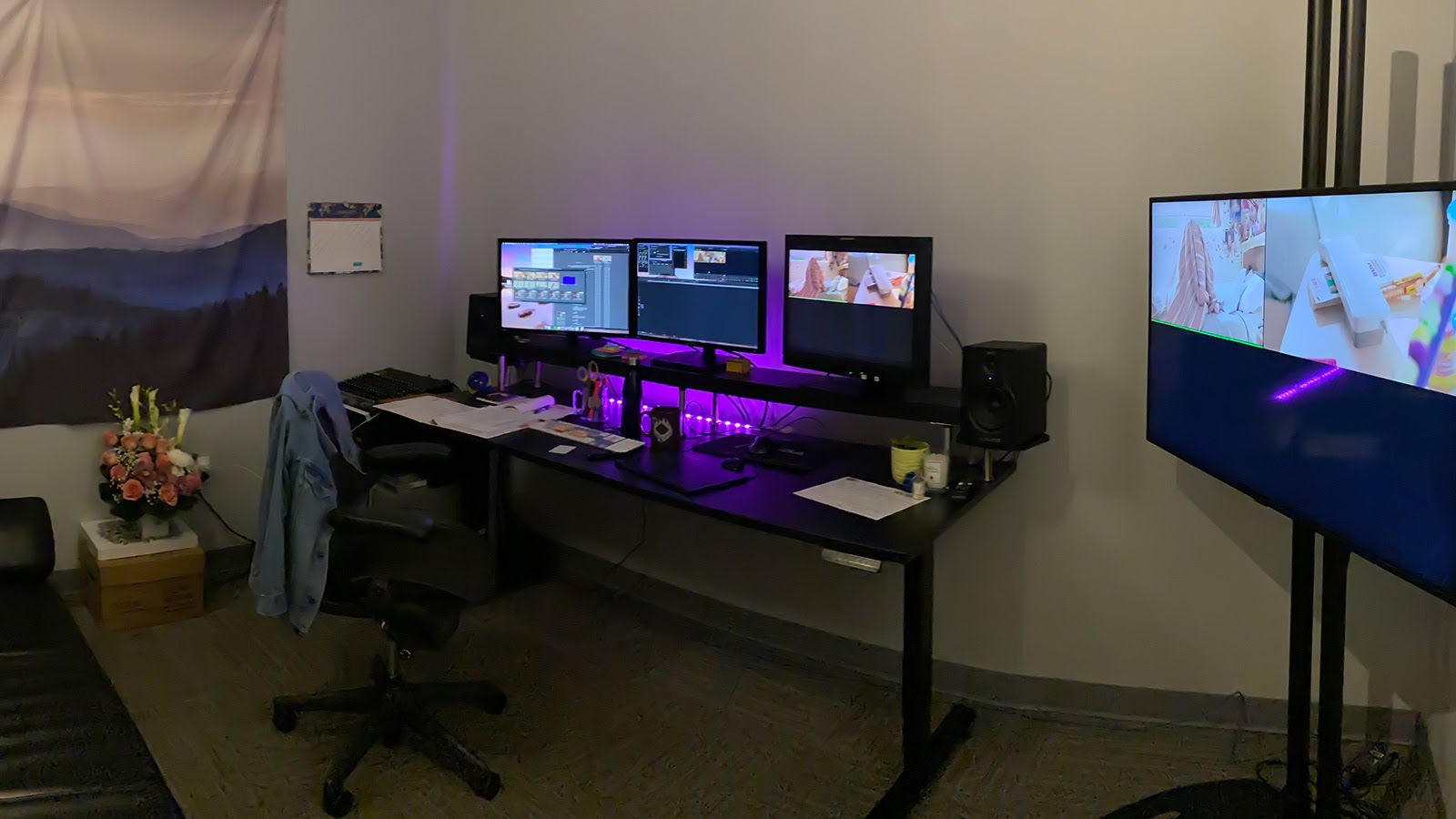
MCBRAYER: I do not have an agent, but I’ve been seriously considering getting one for all of the reasons that Amelia and John just articulated.
HULLFISH: They know what the rate you should be getting is; they know the kind of projects that might be good to avoid or to jump on. Anything else?
ALLWARDEN: Getting you in the room with people you wouldn’t have known otherwise.
HULLFISH: How much collaboration are you doing together as opposed to working on your individual episodes?
ALLWARDEN: We don’t really cross over into each other’s episodes very much. We do a lot of creative collaboration verbally when we were in the cutting room physically. It’s really great to bounce ideas and scenes off of each other.
With our fourth editor Taichi Erskine, the four of us would show each other scenes and jokes and collaborate a ton, but the episodes are so tightly written so we wouldn’t cross over one scene or episode to another. We wouldn’t be sharing the scenes, but we would bounce them off each other for feedback.
HULLFISH: Tell me a little bit about the pilot. Was that ever aired, or was it more of a proof of concept?
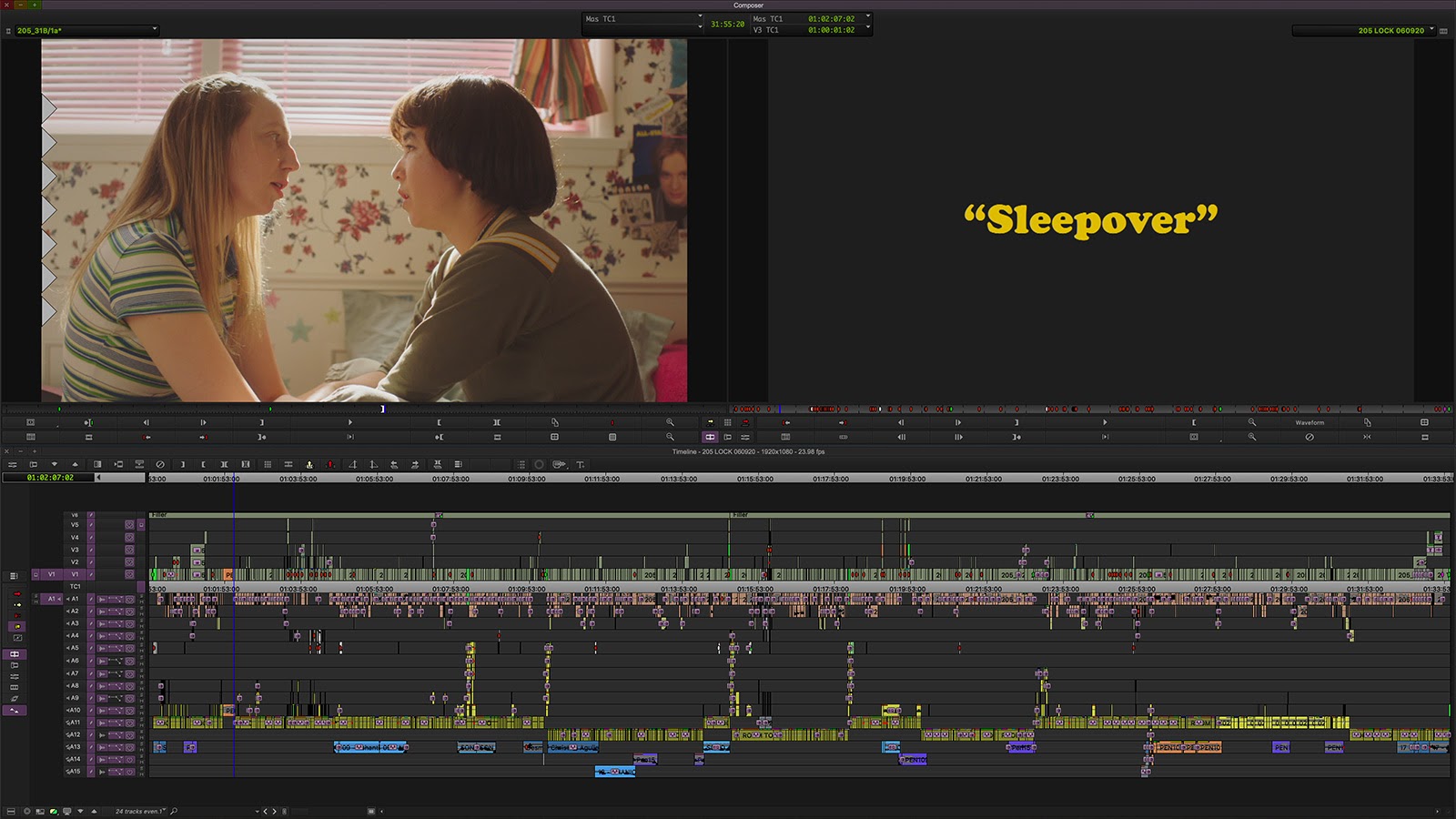
ALLWARDEN: It’s nothing anyone has ever seen, but it was basically Maya and Anna going to a school dance, similar to the finale of season one.
It was a tool to show what they meant because it’s a hard show to sell conceptually with the leads acting as 13-year-olds while actually being in their thirties.
MCBRAYER: It ended up being a more naturalistic and raw edit from the initial teaser, which was more of a fast-paced, rhythmic comedy that you’d find on a lot of Comedy Central type shows. We wanted to expand a little bit more and bring a little bit more of an organic feel to it for the actual show.
HULLFISH: Did the rest of the team watch the pilot, and was the edit of that a template for future episodes?
MCBRAYER: When I was cutting the pilot, I initially tried to model the editing after what I saw in the teaser because I thought that’s what everyone wanted. That initial cut got submitted, and the feedback on it wasn’t super enthusiastic. So I went back, and I rethought it and decided to play more into just a raw performance that I thought they wanted out of this.
I leaned a lot more on Maya and Anna’s performances and let things play out, and let things be a little longer to make things feel more real. I came back with a bunch of revisions in that regard, and they said, “Okay, we feel like this is more the right direction; this is good.” Amelia, you came in a little bit after that. So what was your experience like?
ALLWARDEN: When I talked to Maya, Anna and Sam early on, they told me, “We don’t want this edited like a typical comedy. We want it to be able to go into more dramatic moments and feel not like just a sketch comedy.” It’s really a blend of styles, and that’s a lot of what I talked about with them in my initial interview because I had mostly drama experience prior to being hired for season 1.
I was trying to lean into the drama of being a 13-year-old and being true to that drama because when you’re 13, everything is that dramatic.
I had done some comedy short films that they watched, which is why the combination of those two experiences was something that they were really interested in bringing to the show. I was trying to lean into the drama of being a 13-year-old and being true to that drama because when you’re 13, everything is that dramatic. That’s how I took those directions and ran with them.
HULLFISH: Can you speak to cutting this kind of material and some of the awkwardness of the subject matter that maybe comes up?
DAIGLE: It’s probably the most awkward for Taichi because Maya is his sister, so he has a perspective on it that is really interesting. Unfortunately, he’s not here to share it, but I haven’t thought of it in those terms. Joining in on season 2, the voice of the show was already very strong. I just tried my very best to get on board with that and get wrapped up in that tone and that voice, which I think is true of anything you’re editing.
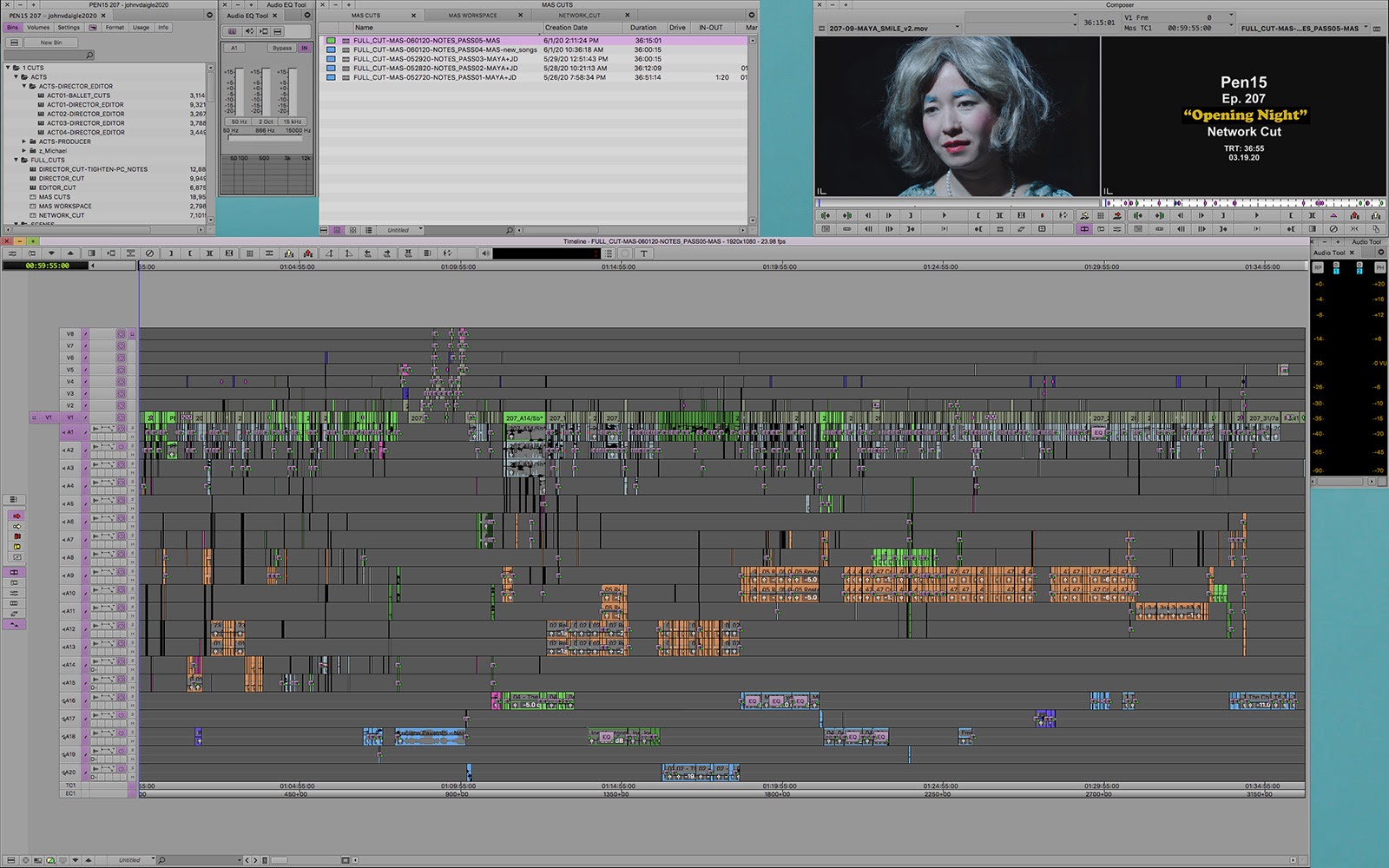
MCBRAYER: The concept is pretty jarring; having 30-year-old women acting like 13-year-old girls alongside actual other 13-year-olds doesn’t feel like it should work, but the thing that struck me the most when I sat down to watch the dailies was how much that fades into the background entirely because Maya and Anna are so good at what they do.
I was watching the dailies and immediately forgetting all of that; I was so wrapped up in them as characters and their relationships with these other kids. That kind of immersion made it so easy, and any notion of gender separation just washed away.
HULLFISH: I watched the first couple of episodes as if it were a horror movie; I had to keep looking away. It got very uncomfortable in very funny ways at times.
ALLWARDEN: They call it a “Traumedy.”
DAIGLE: My older sister started watching it and was in the eighth grade in 2000. She called me, and she was like, “I made it two episodes in; I can’t do it anymore. It’s really funny, it’s great, I get why everybody loves it, but it’s too intense for me to watch. It’s way too real-feeling.”
HULLFISH: One of the things that I really liked was the difference in pace between scenes. Talk to me about determining the pace and how you switched it up.
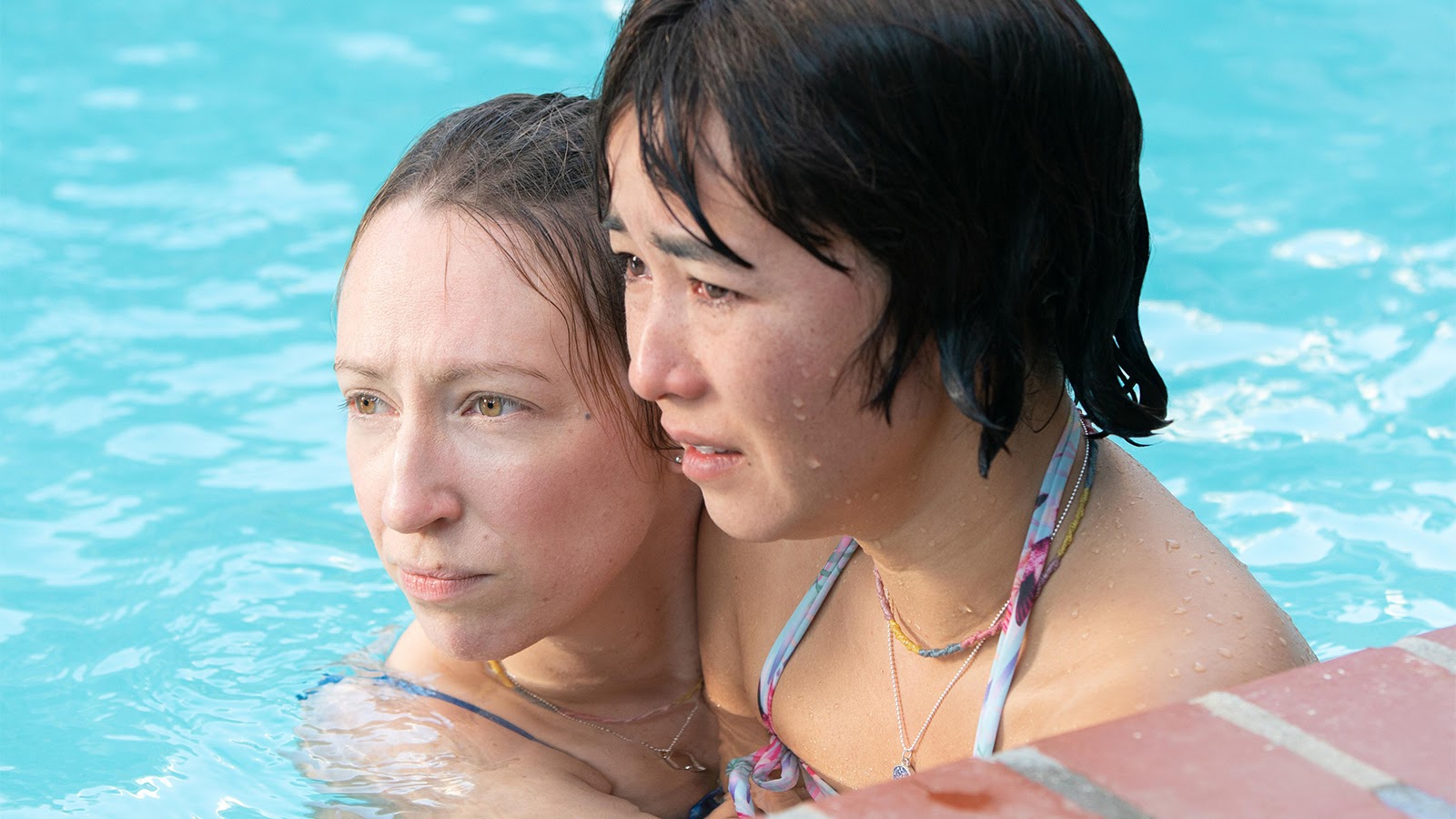
ALLWARDEN: It’s really nice when they are doing cross-shoots of Maya and Anna. When they are shooting A-Cam and B-Cam at the same time, it’s really helpful because they’ll go down rabbit holes of improv, and if you don’t have the other side, it’ll never get used.
One of my favorite things about editing the show is letting moments live, especially in the two shots or the longer shots where you can see their body language. You can see them playing off of each other; it’s not just a comedy improv where it feels like sketch comedy or anything like that.
It’s also improvised in a lot of the more dramatic scenes as well. For example, in season two, episode five, the scene with Maya and her mom in the tub talking. There was honestly a lot of improvisation there. They were playing off of each other, and it’s a really tender and very real emotional scene.
Those things you can’t plan for. It’s a lot of choosing what feels the most real and authentic, and sometimes that’s bouncing back and forth between two singles because there’s something dramatic happening. I think that is just the best way to make you vulnerable is to make you laugh and then make you have a dramatic realization or something really upsetting happening because then it makes it 10 times more impactful.
HULLFISH: Any other thoughts about pacing and improvisation?
ALLWARDEN: That same scene in the bathtub, there’s an improv rabbit hole she goes down where Maya puts an orange on her head, and that’s only in one take, but there are many takes where she doesn’t have an orange on her head. I ended up using the orange on her head but then had to find a way to get it off her head. The blocking of something in improv can really lead you down a path that you then have to bring yourself back out of to get back to a scripted beat. I love all these moments where she puts an orange on her head, but I then had to find a moment where she’s taking it off; otherwise, it feels awkward. It definitely is a good challenge to work your way down into some improv hole and then make your way back out.
DAIGLE: I think notably, it’s not a comic scene. It’s very touching and moving in the way they’re talking to each other, and sometimes that’s light and funny, but it’s not a scene based on a comic rhythm. I found coming into season two, there was a lot of improvisation not built around comedy.
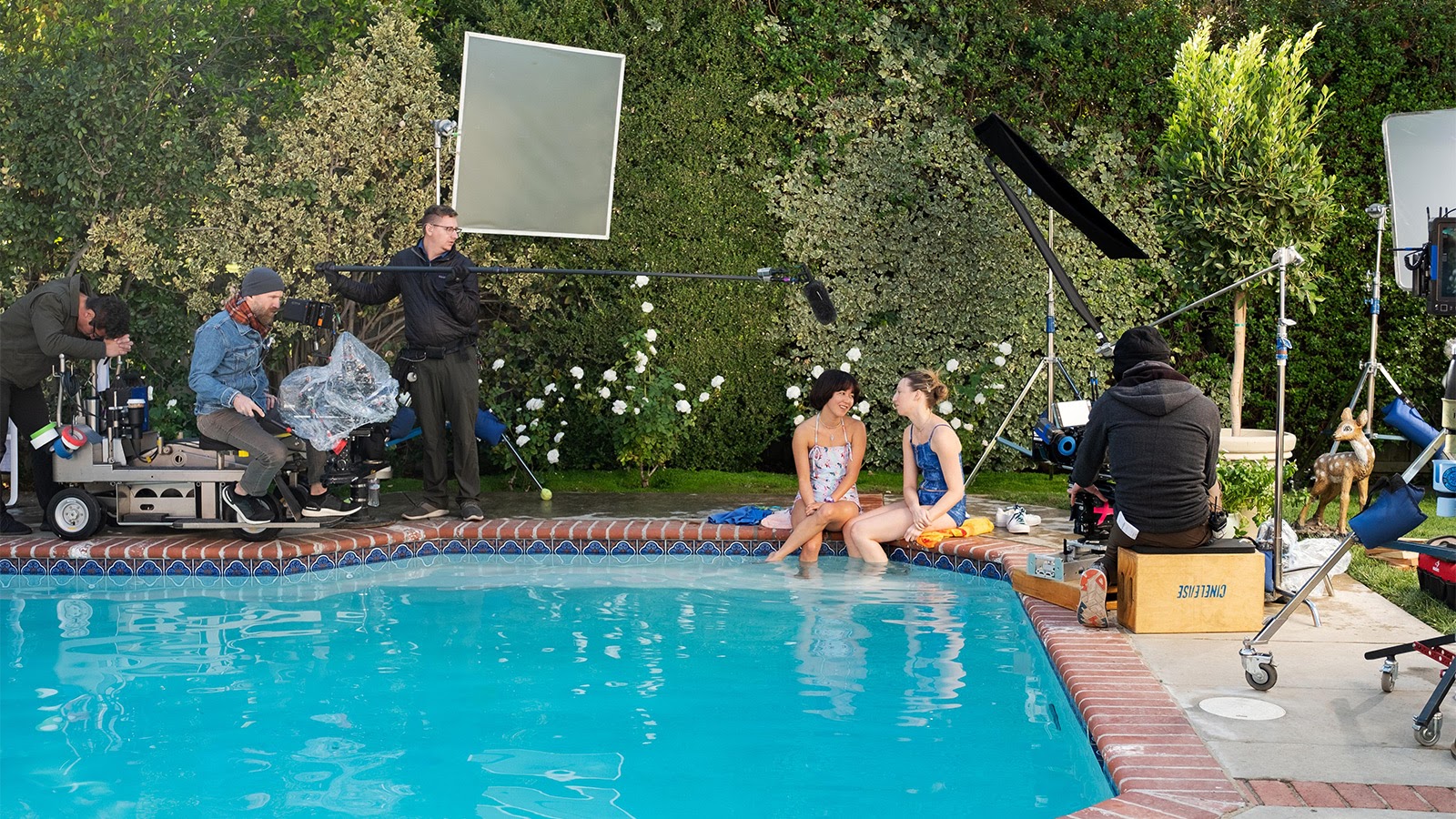
There were several scenes I came up against where the material was amazing, and it wasn’t an involved process to figure out how to cull the best moments from it without having the safety blanket of comic pacing to fall back on. It was a great challenge because it’s not too often that I’ve encountered that level of improvisation for scenes that are more emotionally intensive.
You can’t work in everything; you have to figure out the right balance of a few different takes to work together.
MCBRAYER: It’s definitely a very delicate dance working the different takes of improv together and making sure you have the right arc for your scene. Figuring out the thread to get from A to B is a challenge. You want it all in because they do so much great stuff, but of course, you can’t work in everything; you have to figure out the right balance of a few different takes to work together. It definitely takes time, and it definitely can be tedious, but I think what you have to work with on this show is fantastic, and we do a lot to try to fit it all in.
DAIGLE: When you can’t make it match perfectly, and you have your best stuff in, we do have VFX people who are very good that we want to shout out as well.
HULLFISH: How is the notes process on improvised takes different than scripted takes?
ALLWARDEN: Maya and Anna are very involved in post, so they will often say, wasn’t there a take where I improvised about “blah, blah, blah,” which is why we have our lovely assistant editors who are Script Syncing all of our improv.
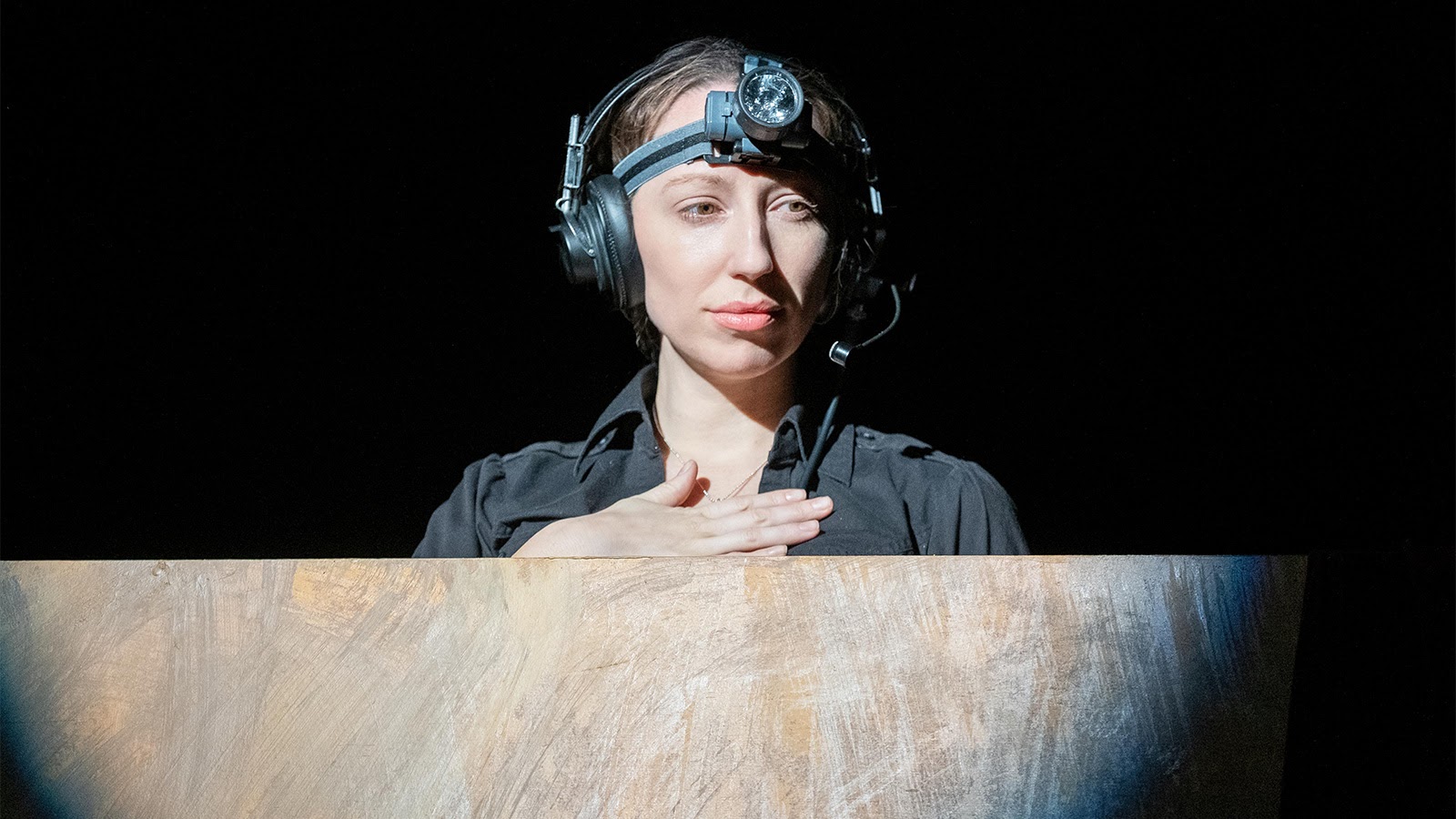
HULLFISH: For those who might not use Script Sync a lot; explain what that involves?
ALLWARDEN: We have a script, of course, and our assistant editors watch all the dailies, so they’ll script all the scripted lines. They’ll add a marker for every time they say the scripted line, but then they’ll write in the script on Avid every improv, every take.
They will mention what improv a character does, for example, “Maya improvs about taking a pill and taking a drink of water,” and then you’ll have little markers every time that she does that in the take. This way, we can quickly jump through and find it, and it makes the editing process so much faster, but it makes the prep process very long.
On season two, we had four editors and two assistant editors. They were breaking their backs to get it all done for us.
DAIGLE: They were so on top of it; Michael Scott and Iman Ahad were really wonderful. We had a couple of folks come in for a week or two at different times, and they were wonderful as well, but Michael and Iman were really great and so on top of everything. They deserve a shout-out.
ALLWARDEN: They really do. Especially once we went remote.
HULLFISH: Was that the sole way you guys were organizing dailies, or were you guys also doing select reels or ScriptSync?
DAIGLE: I tend not to start with ScriptSync; I’ll only do that in an emergency scenario if I’m way behind on dailies or something. I like to try to cut a scene for the first time, just looking at the footage itself, and I’ll do a selects reel of sorts, but personally, I like to do beats and moments. I like to watch the scene and find the moments that really hit for me and that I can really build around. ScriptSync tends to come in handy when directors and producers come into play, and you want to swap takes, or you want to look at things quickly. It’s such an incredibly invaluable tool.
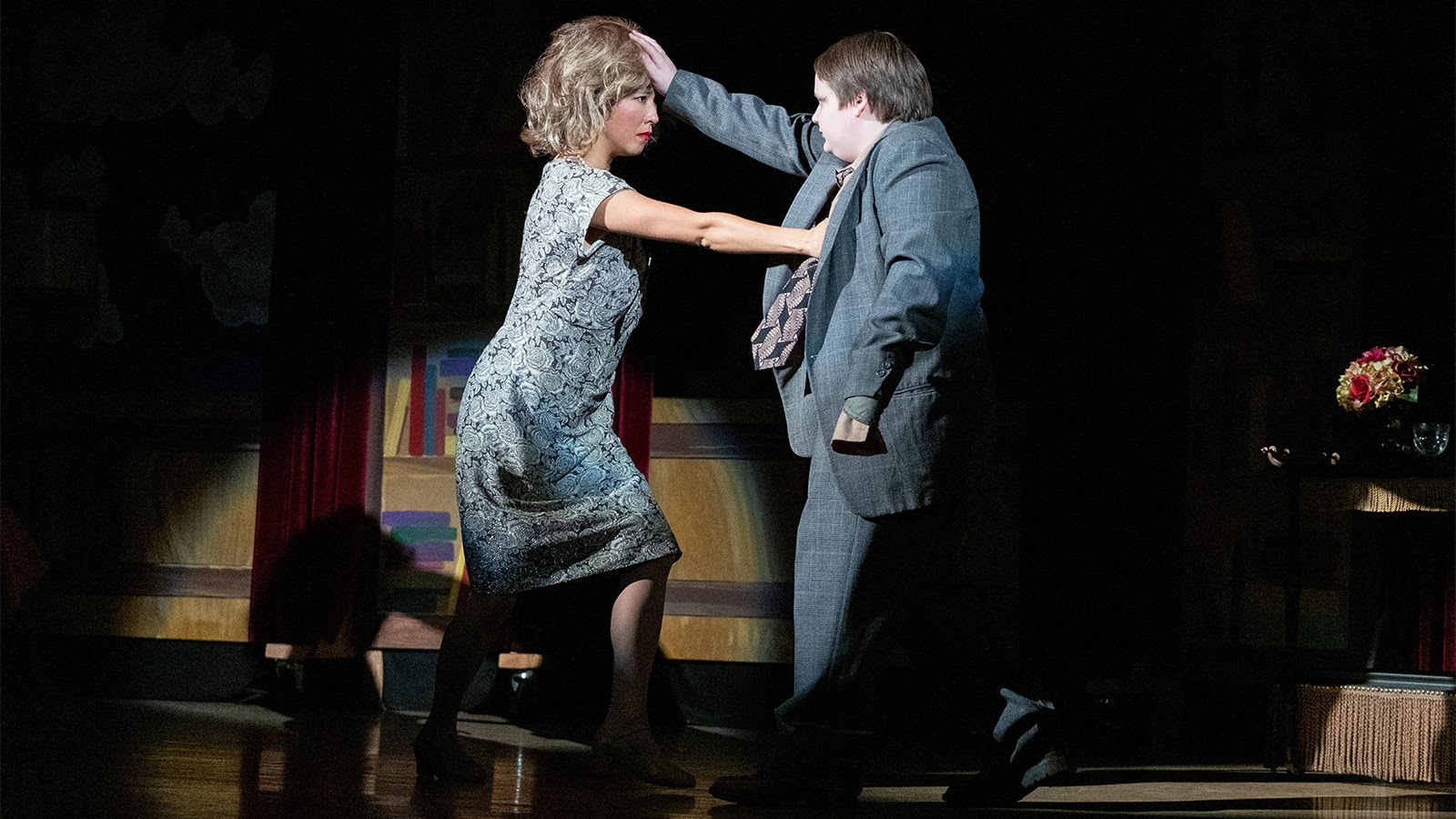
I had one episode on PEN15 where I really delved into the selects for a couple of days. There was a long montage of all the kids rehearsing a play, and he’d shot so much for it on each side, Anna, as the stage manager, and Maya, as the lead actress in the show. I just spent a couple of days sitting down, and I don’t normally go this in-depth, but I made a very intensive selects reel full of hundreds of markers and just made a dense encyclopedia for myself of the material so I could get my head around it.
ALLWARDEN: It’s an insanely edited sequence. It ended up so massive, so you can only imagine what it was in the dailies.
HULLFISH: What’s your approach to a blank timeline in the dailies that you are seeing?
ALLWARDEN: Every frame of dailies has to be watched on PEN15, before action, after cuts, or between resets as well. You never know what you’re going to find. I watch every single frame, and I pull things that make me laugh, cry, or feel connected. I make a selects reel; it’s the only way for me to do it. I then try to build the scene as scripted first, but then after having watched all the dailies, I will go off the script. It can be pretty hard because sometimes they use their improv to get to the next beat instead of going to the next line. So I usually cut that with a lot of holes, or maybe the continuity is not exactly correct. I then use the improv as connectors that can get me from the A-beat in the scene to the B-beat.
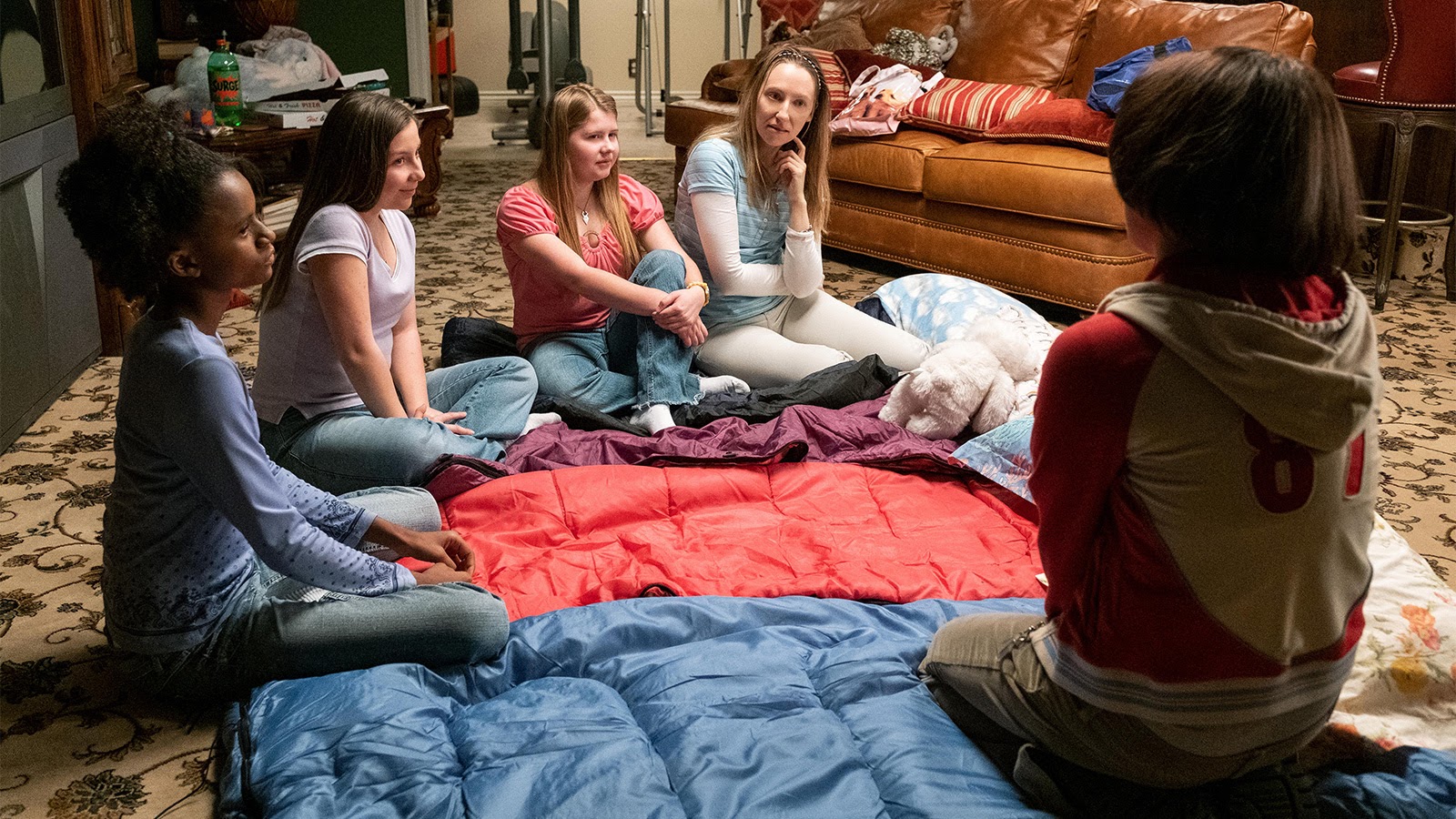
Something I’ll think that I would die on the sword for on day one by five months in I’m like, “Okay, I can’t make it work, I wanted it, but I can’t.” In the sleepover episode, there was this one line where the kids are all saying, “Oh, this is the best night of our lives. We’re never going to forget this night, and Ana improvs, “Oh, when I’m an old bitch, when I’m 30, I’ll never forget this night.” and I thought it was really funny obviously because it’s a meta-joke about the show. However, every time I put it in, I’m like, “This doesn’t feel like the show. That’s not something Anna, the character, would say.” That’s Anna, the adult woman making a joke about the show, and it made me laugh a lot, but not going to fit with the actual show.
We’re not really there to make a joke about what we’re doing; it might make me laugh, but that doesn’t necessarily mean it’s appropriate for the show, but I’ll still always try it. I’ve got to at least see how it plays. We all laughed about it, but in the end, we’re like yeah, that doesn’t work.
DAIGLE: That sleepover episode was like a lesson in editing; it was such an immense episode with so much that had been shot. So many things have been tried, and watching Amelia shape that overtime was just one of my favorites.
HULLFISH: What are some of those things that, that made you think that it was a lesson in editing?
DAIGLE: There was just an immense amount of material shot for something that you would think, “Oh, maybe that’ll be a montage.” I watched it and thought. “What is even the structure going to be of this?” It wasn’t as clear to me as some of the other episodes where you watch the first cut, and you get the basic structure and the basic shape. With the sleepover episode, I think they tried so many things on set, so watching Amelia shape that over time and then continue to do it with Maya, Anna and Sam just made that such an effective tight episode.
They’re all talking over each other, and they’re all moving around the room, and the blocking doesn’t necessarily match.
ALLWARDEN: The episode starts with a three-way split-screen phone call that I must’ve cut over 50 versions of. It ended up being split screens that changed shape and size throughout the conversation. During the sleepover, it’s three actual kids improvising, and then Maya and Anna improvising; they’re all talking over each other, and they’re all moving around the room, and the blocking doesn’t necessarily match, and there were a few different scenes of them doing things like truth or dare and drinking Surge. The dailies were endless on that; I think our assistant editor told me that it took him fours days to ScriptSync just that scene. In the end, it ends up being, I want to say, a 25-second montage, but that’s what it ended up being in the final cut.
MCBRAYER: I don’t remember how many days you had for that cut, but it wasn’t a lot.
ALLWARDEN: I had four days. (laughs)
MCBRAYER: Which is not a lot at all. I remember thinking, “Oh my God, I can’t believe she was able to do as much as he was able to do with this cut on this first pass.” There was so much to fit into this one episode.”
DAIGLE: When we all went home for COVID, I had the last two episodes of the season. I was put on hiatus while everybody worked on the first five, then it was like, we’ll get to you. When we’re done. So I was away from it for a little while, and then you sent me the second network cut, and it was amazing. It was just so amazing. I guess that’s why I called it “a lesson in editing” it was watching how you could take such a vast amount of material, shape it so many different ways, try so many different things, and then make something that felt so sharp.
HULLFISH: You mentioned that with the pilot episode, the first cut was not received well. Can we talk about the patience that it takes and the persistence that it takes to get something where it needs to be from where it starts?
MCBRAYER: I believe a film is never done and an episode of television is never finished. You can always make it that little extra percent better if you had more time if you had a break to come back with a bit more perspective. I think one of the hardest things for me as an editor is, you spend so much time in the room, and it’s really important to be able to make a pass on something and get away from it, move on to something else then come back and look at it again with as fresh eyes as you can.
Perspective, I think, is so important, and it’s easy to get tunnel vision; for me, one of the most important things is just maintaining perspective and being able to come at it from as objective of a frame as possible. Being able to circle back on things and watch them again, and then get something down and watch it from start to finish and see how things are flowing together. Your initial ideas, as good as they may be, are not always going to be cohesive or fit together well.
Being able to reframe your initial intention on something is very important in this line of work.
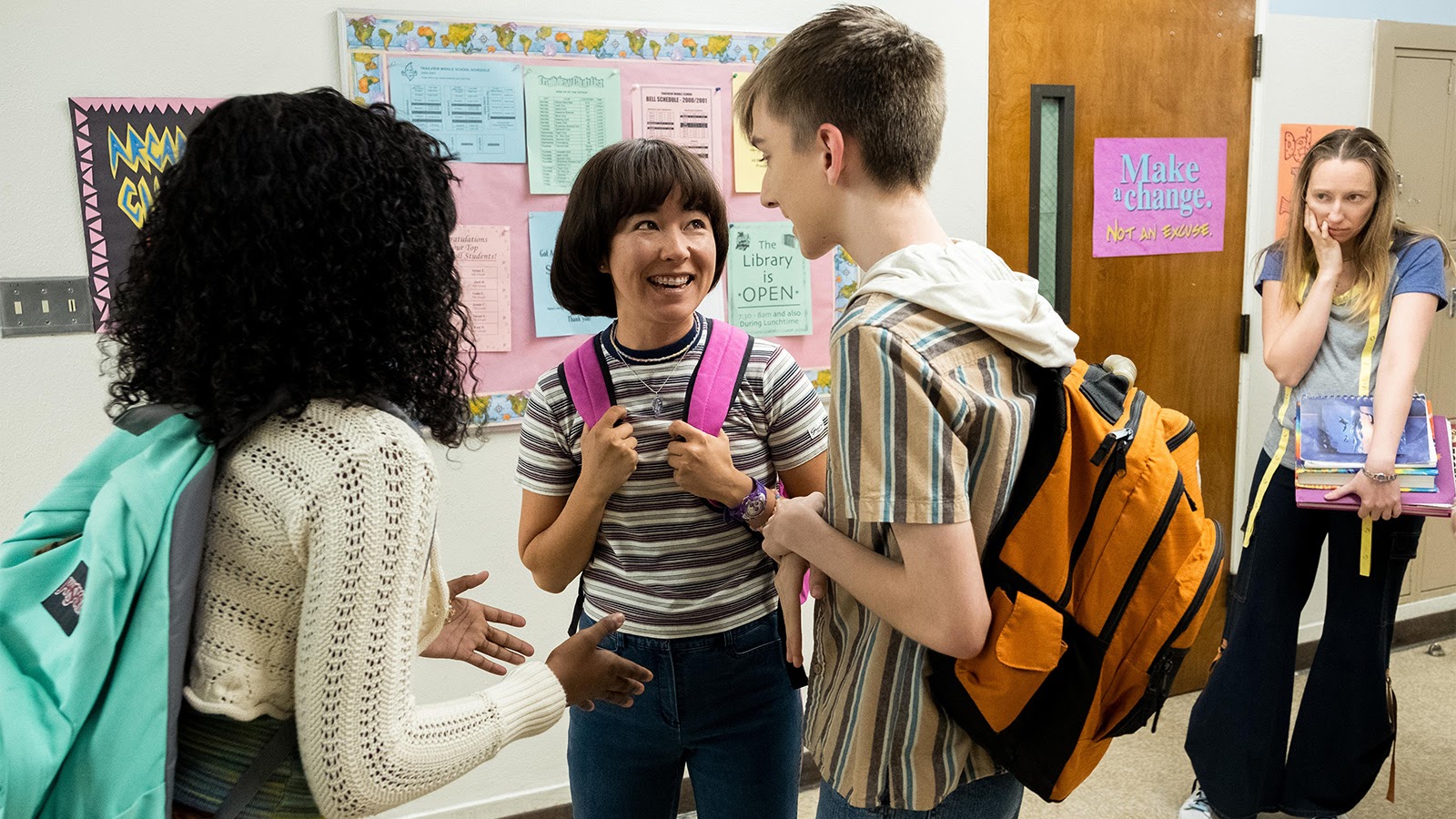
ALLWARDEN: I think, especially on PEN15, this show could be edited in a million different ways. I think that it’s important, especially to Maya, Anna, and Sam, to try all of those ways, and I think that even if a cut is good and works, we still need to try those other bits, angles, and improv because as good as we try and make our editors cut as a fully presented idea for the producers and directors there’s always a way to make it better. There’s always a way to shape it and hone in that tone. I think that we always go into it knowing this is going to be an amazing, long, tedious, tiring, fun collaboration. If I got sad every time someone didn’t like my cat, I probably wouldn’t be working anymore.
DAIGLE: I feel similarly. I mentioned earlier trying to get into the perspective of the show and thinking of when I put together my cut, it’s my perspective on the material, but it’s not material that I wrote, created, or directed. The lesson I constantly learn is how different perspectives can constantly reshape, hone, challenge and interrogate the material to always move it forward, even if you’re trying things and then going back to what you had, which sometimes happens, but you’re still kicking the tires on every piece because, in editing, you can almost always find something new to try that opens up a new door.
That possibility is always exciting, even when it’s grueling, and even when you’re reworking the same thing for the 50th time, try to remain open to that moment where you say, “I never thought about it like that.” Or “That beat is playing so differently from how it’s played in the last 49 versions.”
Talking to young editors, I think that recutting is cutting. Yeah, it’s part of the brutality of the process but also part of the beauty of it in the end.
MCBRAYER: To John’s point, it is a collaborative art form; while we may be the sole editor on our episode, we are not the sole editor. This runs through other very creative, insightful people who weigh-in and bounce ideas off of us and us off of them. I think a cut is always made better with more hands on in.
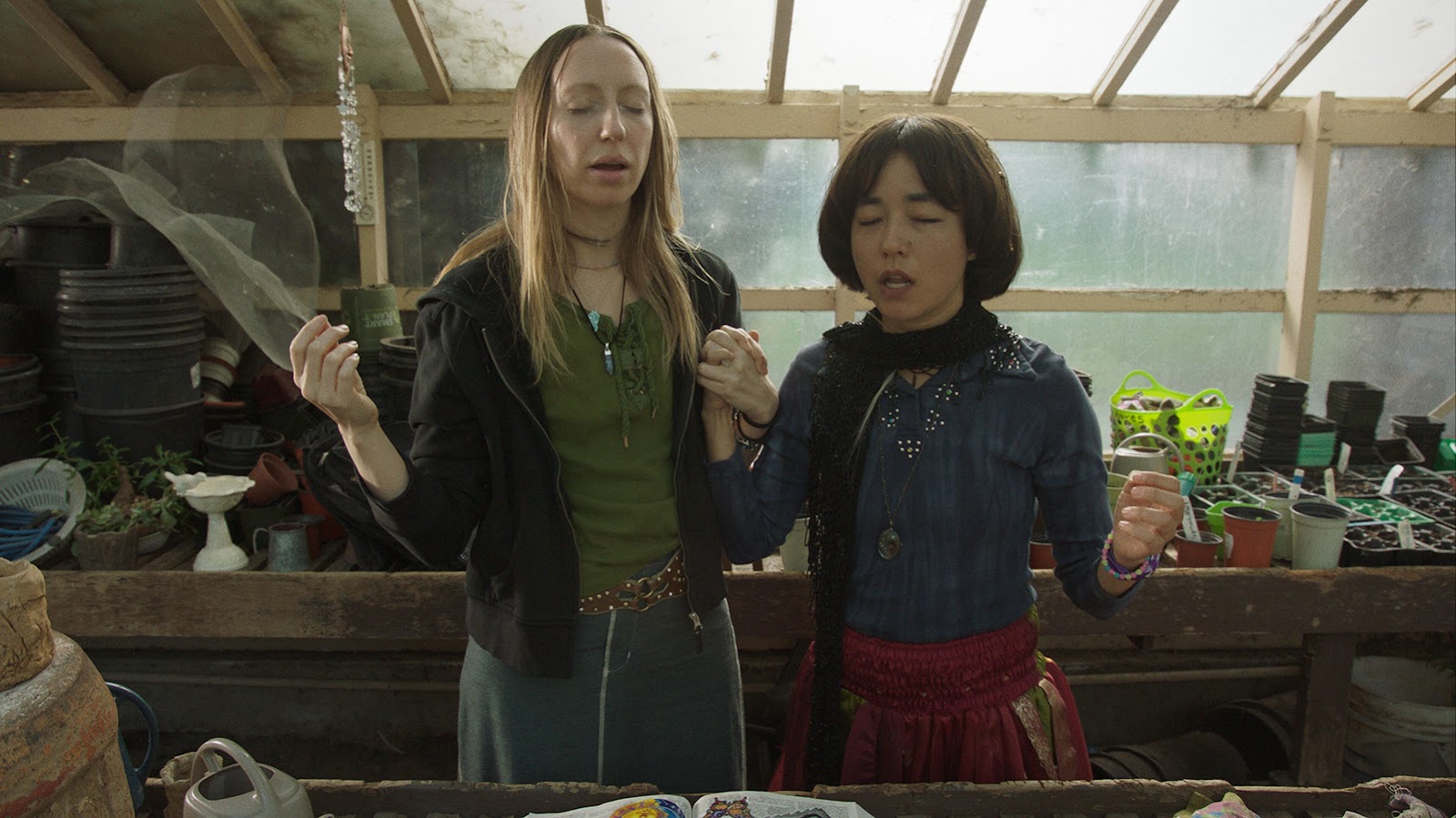
HULLFISH: You were talking about how there’s comedic, dramatic, and heartfelt kind of moments in the show. Is there a trick to navigating those tonal shifts, or is that done a lot for you in the performance?
ALLWARDEN: I follow the performance on what makes me feel the emotion that we’re trying to convey. It’s all instinctive to me, but again, I mostly cut drama, and so I use more dramatic skills there, although I don’t feel there’s too much of a difference in cutting comedy and drama. It’s all cutting performance and story.
DAIGLE: The show does balance an almost simple and straightforward aesthetic style that is clearly very well thought through but is not very flashy or attention-grabbing, except in moments of heightened reality.
The show has these beats where, because of the form of having adults with kids, there are certain moments tackled in depicting moments in adolescents that you’re not going to actually shoot with kids, so the show sometimes engages in-camera trickery that is a little bit over or a little stylized in a way that folds it into part of the comedy.
ALLWARDEN: I feel a lot of the time; the hyper-stylized moments are about really real things. They’ll have different camera angles to feel different, but then you’ll have stylized moments that are shot the exact same way. Very jarring. I think it’s a very conscious decision by the directors on how to enter those stylized moments.
I think Matt established in season one, whenever Anna sees Alex, it goes into that song every single time. And it’s shot in a way where all of a sudden you hear a whoosh, and it’s going into slow motion.
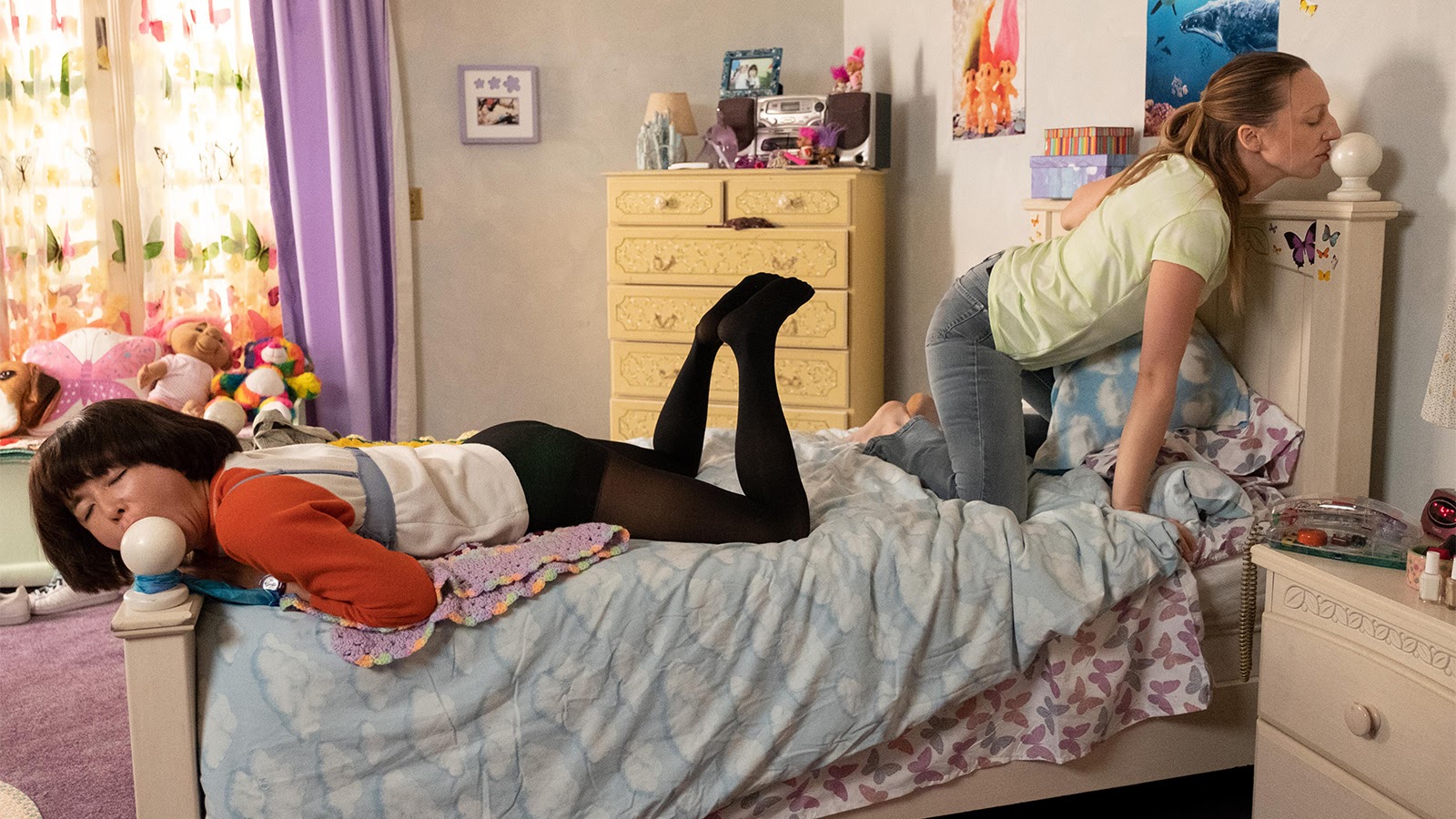
MCBRAYER: Yeah, that was in the pilot. I think one of the great things about this show is that there was a real encouragement to try a number of things out. It was okay if there wasn’t a concise, uniform style to this show that we could play a lot. I think that bleeds into the playful feeling of the show.
ALLWARDEN: In season one, there is a scene where Anna goes on a hunger strike, and she hallucinates that Maya’s walking down the hallway in a ham suit. That first cut that I did had sound effects and a transparent effect where I put the same clip over each other offset by one or two frames, so it looked wild seeing a ham come down the hallway and reverbed all the sound effects. I just made it this very stylistic moment in line with some of the things that Matt had done earlier. By the time I started working with Maya and Anna and Sam in post, we’re like, “Let’s just try a version that’s not anything. She’s just sitting there, and then a ham comes walking down the hall.” and it was way better.
HULLFISH: Talk to me about the needle drops and the music of the show.
ALLWARDEN: We have a music supervisor, but I think Sam always had ideas for what he wanted in certain scenes. John, you had some big needle drops in the last two episodes of season 2. Where’d those come from?
DAIGLE: The last episode, in particular, a lot of it takes place at a restaurant. So we had to fill that up, and I think Sam, even in their choice of location and production design, they were leaning very much towards an Italian restaurant, and we wanted an old soundtrack to back the whole thing. We’re also a show of not limitless budget, so that became a collaborative endeavor. Tiffany Anders, our music supervisor, sent me this just incredible list of affordable oldies that we could use to fill up that episode.
We have a “Goodfellas” type shot of Maya and Anna going into the back of the restaurant, and the joke of it being that nobody actually wants them to be where they are. It was Anna’s idea to throw” Oh What A Night” behind that scene. We tried it in the edit, and everybody loved it so much so even down to the last moments, there were little beats of inspiration happening for needle drops. We also have a tremendous composer, Leo Birenberg; I think the score is a hugely effective component in helping to navigate the tones of the show and actually was made easier for me when I came into season two and was able to use the season one score as temp to navigate my first cuts.
HULLFISH: How did you deal with the COVID situation? Did you guys have remote editing?
MCBRAYER: We had to close up shop and transition to remote editing and
figure that out.
ALLWARDEN: In the very beginning, we were actually filming and editing both season 2A and 2B at the same time. We had a little bit of time left filming 2B, and when the pandemic hit, we had to pause. We focused on just finishing post on 2A.
HULLFISH: Is there anything else that you guys want to talk about with this series that I have not touched on?
ALLWARDEN: Maya and Ann pour their heart and soul into this show. They act in pretty much every scene. They write the episodes. They are in every moment of post all the way through to final delivery. It is really interesting working on a show where the two lead actors are the main creatives. We always refer to the characters as Maya and Anna, even if they are in the room, which makes it harder. Even if I’m talking to Anna, the person about Anna the character, and separating that, I think that’s a really important collaboration for an editor whenever they’re working on a project with an actor who is also a director or a producer.
HULLFISH: All right. Thank you all so much for joining me today on the Art of the Cut. And I really appreciate the time that you spent with me.
DAIGLE: Thank you so much.

